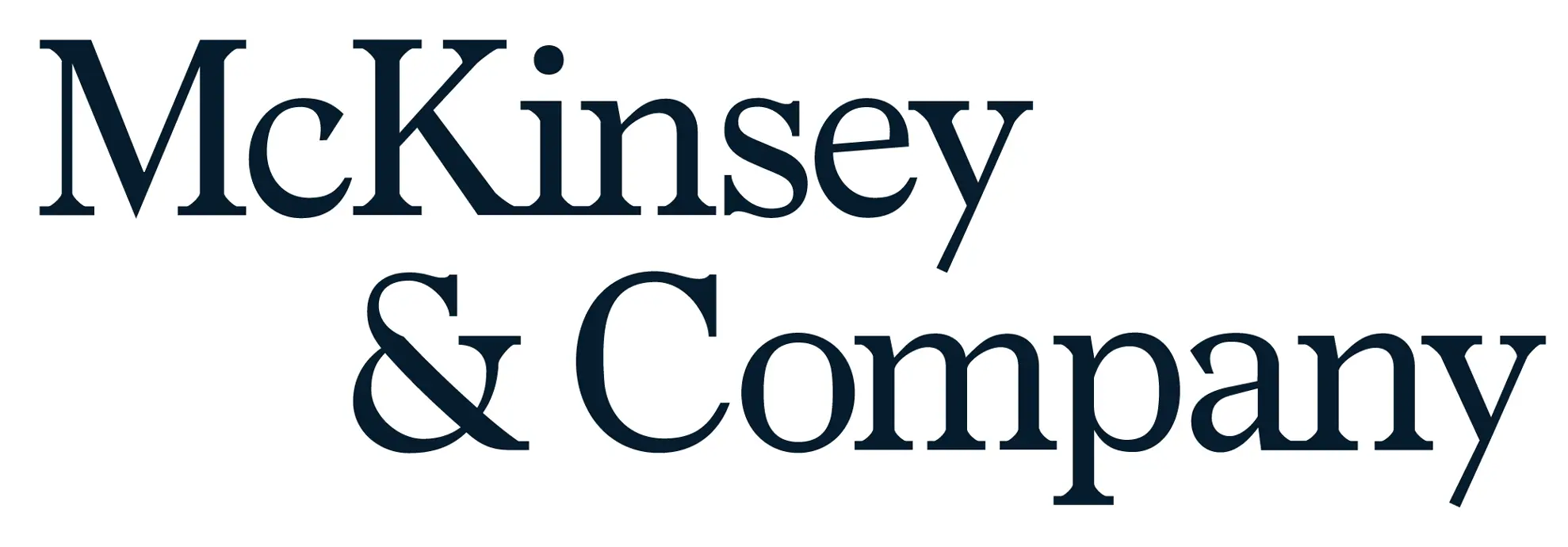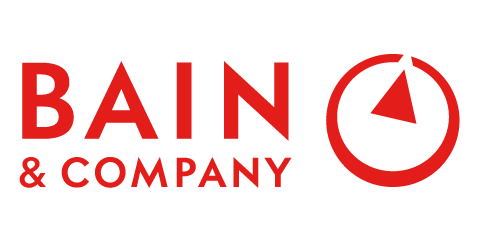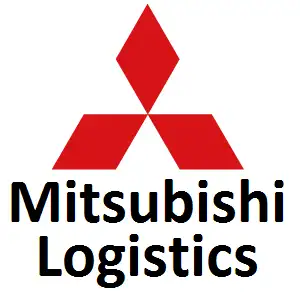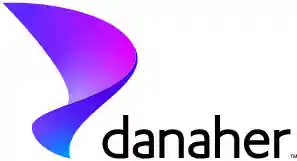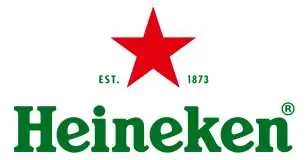
Self-Checkout Systems Market Growth, Size, Trends, Revenue, Challenges and Future Competition
Global Self-Checkout Systems Market Size- By Type, By Mounting Type, By Sales Channel, By Model Type, By Application, By End User - Regional Outlook, Competitive Strategies and Segment Forecast to 2032
| Published: Nov-2022 | Report ID: IACT2214 | Pages: 1 - 253 | Formats*: |
| Category : Information & Communications Technology | |||
- April 2022: Pete's of Erie Inc. has chosen the Passport Express Lane self-checkout system from Gilbarco Veeder-Root for all 50 of its convenience stores in Kansas, Oklahoma, and Missouri In addition to fast lanes, Pete's will include CPI Paypod cash recyclers to ensure that customers may pay with cash, card, or contactless options.
- Integration with Mobile Apps: Integration of self-checkout systems with mobile apps has further contributed to market growth. Mobile apps enable customers to scan items, make payments, and bypass traditional checkout lines entirely. This seamless integration of self-checkout systems with mobile devices enhances the overall shopping experience and attracts tech-savvy customers.
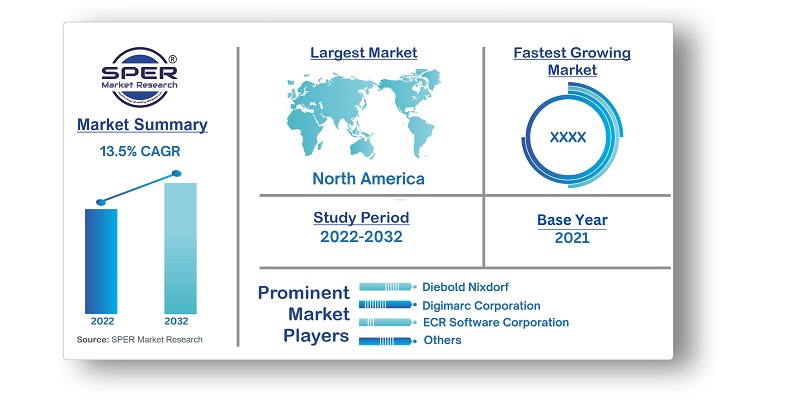

| Report Metric | Details |
| Market size available for years | 2019-2032 |
| Base year considered | 2021 |
| Forecast period | 2022-2032 |
| Segments covered | By Type, By Mounting Type, By Sales Channel, By Model Type, By Application, By End User |
| Regions covered | North America, Europe, Asia Pacific, Latin America, Middle East and Africa |
| Companies Covered | Diebold Nixdorf, Digimarc Corporation, ECR Software Corporation, Erply, Fujitsu Ltd., Gilbarco Inc., IBM Corporation, IER Inc., ITAB Group, NCR Corporation, Olea Kiosks Inc., Pan-Oston, PCMS Group Ltd., Qingdao CCL Technology Co. Ltd., Qingdao Histone Intelligent Commercial System Co. Ltd., Qingdao Wintec System Co. Ltd., Scandit Inc., Slabb Inc., Toshiba Global Commerce Solutions, StrongPoint, ShelfX, Inc., Others |
- Airports and Transportation Hubs
- Consumers
- Government Institutions and Public Facilities
- Hospitality Industry
- Retailers
- Shopping Mall Operators
- Small and Medium-Sized Businesses (SMBs)
- Technology Providers and Solution Integrators
- Technology Trade Shows and Exhibitions
| By Mounting Type: |
|
| By Sales Channel: |
|
| By Model Type: |
|
| By Application: |
|
| By End User: |
|
- Global Self-Checkout Systems Market Size (FY’2022-FY’2032)
- Overview of Global Self-Checkout Systems Market
- Segmentation of Global Self-Checkout Systems Market By Type (Fixed, Mobile-Based)
- Segmentation of Global Self-Checkout Systems Market By Mounting Type (Mobile, Stand-Alone Mounting Type, Wall-Mounting & Countertop Mounting Type)
- Segmentation of Global Self-Checkout Systems Market By Sales Channel (Direct Channel, Indirect Channel)
- Segmentation of Global Self-Checkout Systems Market By Model Type (Cash Model Type, Cashless Model Type)
- Segmentation of Global Self-Checkout Systems Market By Application (Entertainment, Healthcare, Hospitality, Retail, Travel, Others)
- Segmentation of Global Self-Checkout Systems Market By End User (Convenience Store, Hospitality, Hypermarkets & Departmental Stores, Retail, Supermarkets, Others)
- Statistical Snap of Global Self-Checkout Systems Market
- Expansion Analysis of Global Self-Checkout Systems Market
- Problems and Obstacles in Global Self-Checkout Systems Market
- Competitive View of the Global Self-Checkout Systems Market
- Impact of COVID-19 and Demonetization on Global Self-Checkout Systems Market
- Details on Current Investment in Global Self-Checkout Systems Market
- Competitive Analysis of Global Self-Checkout Systems Market
- Key Market Players in the Global Self-Checkout Systems Market
- SWOT Analysis of Global Self-Checkout Systems Market
- Global Self-Checkout Systems Market Future Outlook and Projections (FY’2022-FY’2032)
- Recommendations from Analyst
1.1. Scope of the report1.2. Market segment analysis
2.1 Research data source
2.1.1 Secondary data2.1.2 Primary data2.1.3 SPER’s internal database2.1.4 Premium insight from KOL’s
2.2 Market size estimation
2.2.1 Top-down and Bottom-up approach
2.3 Data triangulation
4.1. Driver, Restraint, Opportunity and Challenges analysis
4.1.1 Drivers4.1.2 Restraints4.1.3 Opportunities4.1.4 Challenges
4.2. COVID-19 Impacts of the Global Self-Checkout Systems Market
5.1. SWOT analysis
5.1.1 Strengths5.1.2 Weaknesses5.1.3 Opportunities5.1.4 Threats
5.2. PESTEL analysis
5.2.1 Political landscape5.2.2 Economic landscape5.2.3 Social landscape5.2.4 Technological landscape5.2.5 Environmental landscape5.2.6 Legal landscape
5.3. PORTER’S five forces analysis
5.3.1 Bargaining power of suppliers5.3.2 Bargaining power of Buyers5.3.3 Threat of Substitute5.3.4 Threat of new entrant5.3.5 Competitive rivalry
5.4. Heat map analysis
6.1. Fixed6.2. Mobile-Based
7.1. Mobile7.2. Stand-Alone Mounting Type7.3. Wall-Mounting & Countertop Mounting Type
8.1. Direct Channel8.2. Indirect Channel
9.1. Cash Model Type9.2. Cashless Model Type
10.1 Entertainment10.2 Healthcare10.3 Hospitality10.4 Retail10.5 Travel10.6 Others
11.1 Convenience Store11.2 Hospitality11.3 Hypermarkets & Departmental Stores11.4 Retail11.5 Supermarkets11.6 Others
12.1 North America
12.1.1 United States12.1.2 Canada12.1.3 Mexico
12.2 Europe
12.2.1 Germany12.2.2 United Kingdom12.2.3 France12.2.4 Italy12.2.5 Spain12.2.6 Rest of Europe
12.3 Asia-Pacific
12.3.1 China12.3.2 Japan12.3.3 India12.3.4 Australia12.3.5 South Korea12.3.6 Rest of Asia-Pacific
12.4 South America
12.4.1 Brazil12.4.2 Argentina12.4.3 Rest of South America
12.5 Middle East & Africa
12.5.1 Kingdom of Saudi Arabia12.5.2 United Arab Emirates12.5.3 Rest of Middle East & Africa
13.1.1 Company details13.1.2 Financial outlook13.1.3 Product summary13.1.4 Recent developments
13.2.1 Company details13.2.2 Financial outlook13.2.3 Product summary13.2.4 Recent developments
13.3.1 Company details13.3.2 Financial outlook13.3.3 Product summary13.3.4 Recent developments
13.4.1 Company details13.4.2 Financial outlook13.4.3 Product summary13.4.4 Recent developments
13.5.1 Company details13.5.2 Financial outlook13.5.3 Product summary13.5.4 Recent developments
13.6.1 Company details13.6.2 Financial outlook13.6.3 Product summary13.6.4 Recent developments
13.7.1 Company details13.7.2 Financial outlook13.7.3 Product summary13.7.4 Recent developments
13.8.1 Company details13.8.2 Financial outlook13.8.3 Product summary13.8.4 Recent developments
13.9.1 Company details13.9.2 Financial outlook13.9.3 Product summary13.9.4 Recent developments
13.10.1 Company details13.10.2 Financial outlook13.10.3 Product summary13.10.4 Recent developments
13.11.1 Company details13.11.2 Financial outlook13.11.3 Product summary13.11.4 Recent developments
13.12.1 Company details13.12.2 Financial outlook13.12.3 Product summary13.12.4 Recent developments
13.13.1 Company details13.13.2 Financial outlook13.13.3 Product summary13.13.4 Recent developments
13.14.1 Company details13.14.2 Financial outlook13.14.3 Product summary13.14.4 Recent developments
13.15.1 Company details13.15.2 Financial outlook13.15.3 Product summary13.15.4 Recent developments
13.16.1 Company details13.16.2 Financial outlook13.16.3 Product summary13.16.4 Recent developments
13.17.1 Company details13.17.2 Financial outlook13.17.3 Product summary13.17.4 Recent developments
13.18.1 Company details13.18.2 Financial outlook13.18.3 Product summary13.18.4 Recent developments
13.19.1 Company details13.19.2 Financial outlook13.19.3 Product summary13.19.4 Recent developments
13.20.1 Company details13.20.2 Financial outlook13.20.3 Product summary13.20.4 Recent developments
13.21.1 Company details13.21.2 Financial outlook13.21.3 Product summary13.21.4 Recent developments
SPER Market Research’s methodology uses great emphasis on primary research to ensure that the market intelligence insights are up to date, reliable and accurate. Primary interviews are done with players involved in each phase of a supply chain to analyze the market forecasting. The secondary research method is used to help you fully understand how the future markets and the spending patterns look likes.
The report is based on in-depth qualitative and quantitative analysis of the Product Market. The quantitative analysis involves the application of various projection and sampling techniques. The qualitative analysis involves primary interviews, surveys, and vendor briefings. The data gathered as a result of these processes are validated through experts opinion. Our research methodology entails an ideal mixture of primary and secondary initiatives.
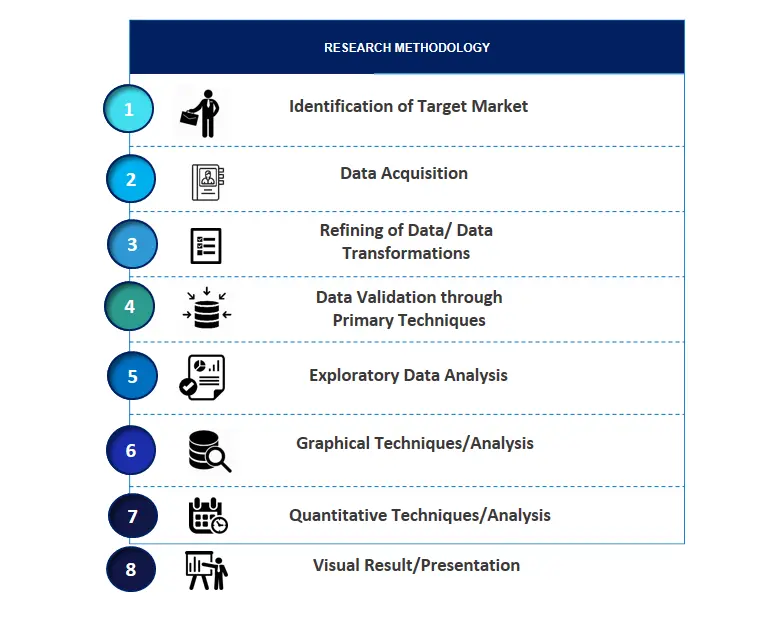
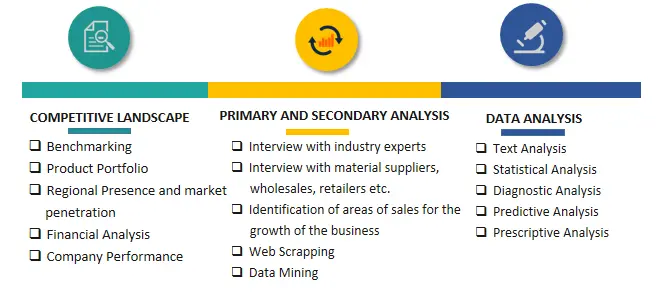

Frequently Asked Questions About This Report
PLACE AN ORDER
Year End Discount
Sample Report
Pre-Purchase Inquiry
NEED CUSTOMIZATION?
Request CustomizationCALL OR EMAIL US
100% Secure Payment

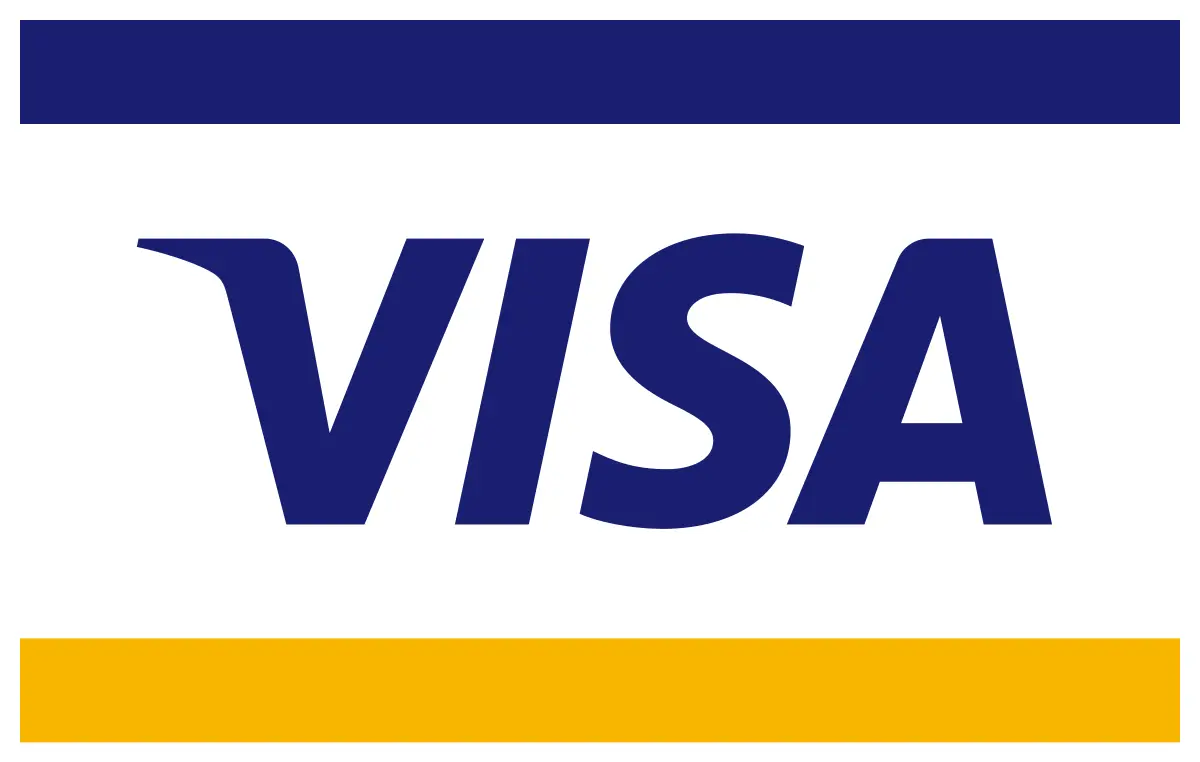

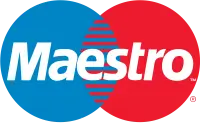


Related Reports
Our Global Clients
Our data-driven insights have influenced the strategy of 200+ reputed companies across the globe.






